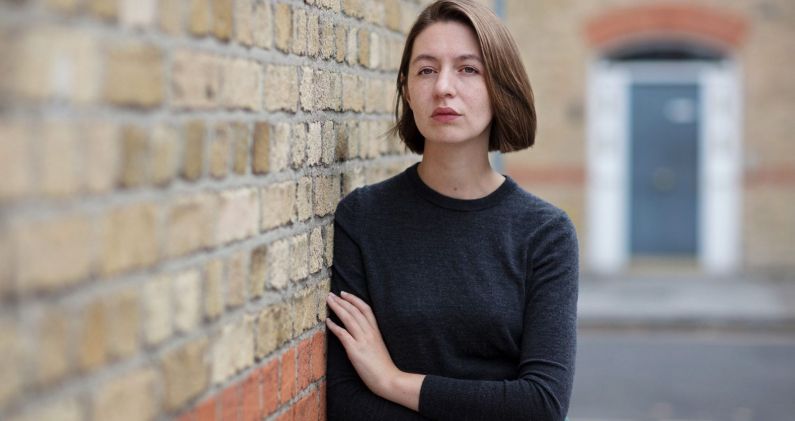
Turn the page and you’re meeting Pell Munnelly, a teenage girl whose 25-year-old brother, Nick, works long hours to support his siblings after “the folks died off of cancer over consecutive summers, the mammy three years back, the daddy the year before last.” Their young brother Gerry spends nearly all his time on a PlayStation game called "Blood Dusk 2." As violent as the first-person shooter is, “What was worth it, what kept Gerry coming back, was the game map. Yet his story count remains low - only eight here, compared to the seven in “Young Skins.”

Barrett’s 2015 collection, “ Young Skins,” takes place entirely in the County Kerry town of Glenbeigh - “nowhere you have been, but you know its ilk.” His debut won the Rooney Prize for Irish Literature and a National Book Foundation “ 5 under 35” honor, captivating readers and critics with gritty realism about the young working class.īarrett’s new collection, “ Homesickness,” expands its range in both age and geography, with characters well above 30 (some even elderly) and settings in County Mayo, County Sligo, even all the way to Toronto (in the penultimate story, “The Low, Shimmering Black Drone”). And there is Colin Barrett, who owns the domain of the short story. Setting aside Sally Rooney, who has become such a global phenom that she wrote a novel about it, there are Naoise Dolan, Mike McCormack, Claire Keegan.

Makoha and Burns are among a number of young Irish novelists who have caught a new wave of readers. (Apologies to that great Irishman, Samuel Beckett.) Many versions of modern Ireland come to us via literature, from the mystical chaos of Edna O’Brien to the dark hinterlands of John Banville, the intricate cacophony of Anna Burns and the humor of Roddy Doyle - not to mention the feminist comedy of Marian Keyes and the African Irish experience of Nick Makoha.

Colin Barrett's stories largely mine the terrain of western Ireland for dark humor and unfamiliar pathos.


 0 kommentar(er)
0 kommentar(er)
